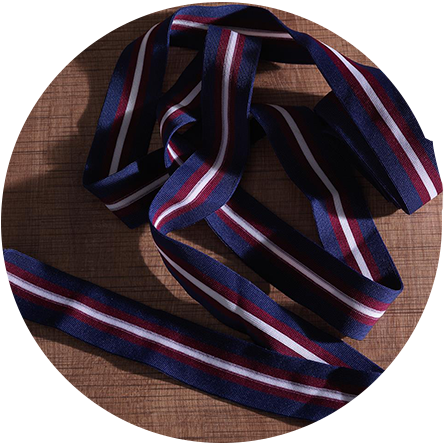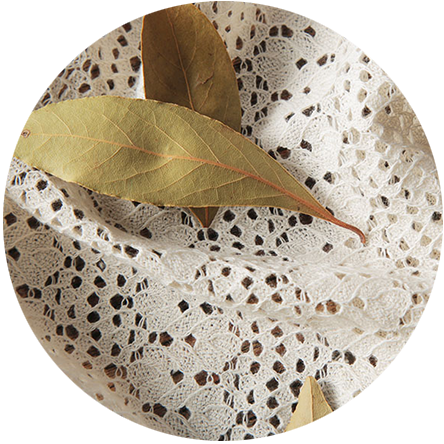
Cotton
Cotton fabrics are the most preferred fabrics around the World, keeping the body very cool and breathable. Cotton fabrics are essentially natural and pure fibres. Cotton is a natural substance created by the twisting of the long, fibrous hairs that surround the seeds of the cotton plant. Cotton fabrics are renewable and biodegradable.
Cotton clothes are not only soft, but also durable and comfortable. Thanks to the ease of use, absorbency and quality of cotton, cotton fabrics are widely used in clothing and home textiles. It is extensively used in various weavings, from light and loosely knitted fine fabrics to heavy and pile fabrics such as velvet.
100% Cotton. It is a natural fabric that does not make you sweat in the summer and does not cause cold in the winter. Because it is pure cotton, it may wrinkle. Due to its breathable structure, it is a fabric that keeps the sweating feature at a minimum level. It has a texture that can be easily preferred in hot conditions. It is necessary to pay attention to the temperature ratio in washing and ironing processes. Due to its natural structure, it does not cause an allergic reaction. It is a loose and breathable fabric.
Mesh
Mesh fabrics knitted with the raschel knitting method have the appearance of holes in various sizes. These are the fabrics that are transparent when viewed, according to the size of the holes. It is produced in desired colors and sizes.
Mesh fabrics produced in two different types as lining mesh fabric and dress mesh fabric can be used in all sports equipment. It is one of the widely used fabrics. It is widely used as a lining in sportswear.

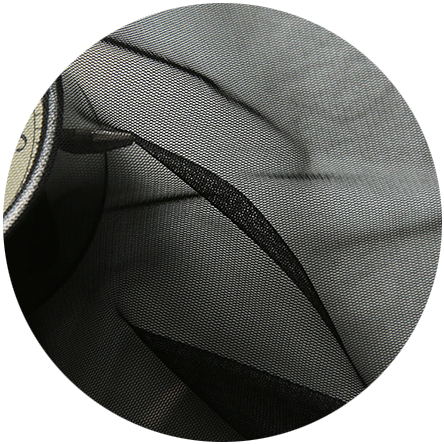
Tulles
Tulle is a light, thin fabric type made using various yarns and having a translucent appearance with the pores formed by its polygonal loops. This fabric is generally made from natural fibers such as cotton, linen, and silk, but can also be made from synthetic fibers. It is a versatile fabric used for various purposes thanks to its durability and absorbency.
It is obtained by using simple leno knitting or plain knitting methods. Tulle fabrics are widely preferred for clothing or home decoration. Although tulle fabrics, which have a wide use from curtains to wedding dresses, are mostly preferred in white, they can also be produced in any color.
Lace
Lace fabric is a jacquard or embroidered hollow fabric with a strong three-dimensional effect. Lace fabrics are light and translucent, they can be designed in multiple layers. It has a net-like open structure made of thread or yarn. The most common yarns used in white lace fabric are cotton, silk and linen. The yarns are looped, braided and twisted to give them their unique properties.
Working with lace fabric is an industry that has been around for centuries. In its most obvious form, fabric lace is a beautiful and delicate textile. The fabric itself has a sense of elegance and mystery. Today, lace fabrics are the main fabrics used in dresses, wedding dresses, underwear and other clothing.
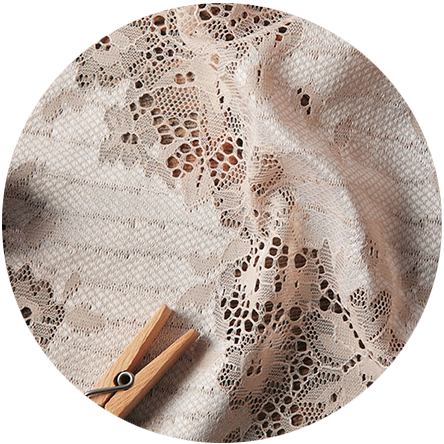
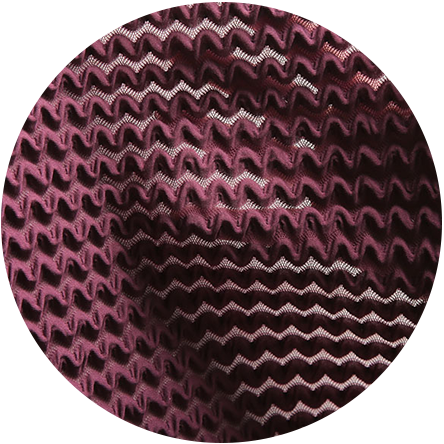
Fancy Fabric
Fancy yarns gain a very different appearance and function by twisting or centring with different yarns. This category includes all yarns, regardless of their raw material, which are obtained from a combination of single or more than one yarn, and whose general characteristics have been increased with other properties by twisting, centring or other production methods from different plain or colored raw materials and/or yarns. The fabrics obtained from these yarns are called fancy fabrics. After the fancy fabrics are knitted, different effects can be obtained with the finishing processes.
Crinckle
Crinckle fabric has a modern and flashy surface. Crinckle fabric, which has a smooth touch with its shiny texture, flat and even structure, is one of the indispensable parts of the fashion world. Crinckle fabric is among the fabrics that have a soft touch and absorb sweat. In addition to a simple and elegant appearance, it is also ideal for choosing an assertive and flashy outfit.
Its shine is one of the most striking features of the product. With its soft touch, its slippery feel provides great comfort in clothes. In addition to being known as satin fabric, it stands out as one of the most important fabric types used since ancient times.
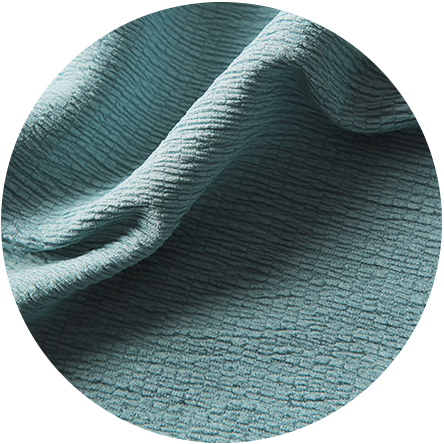
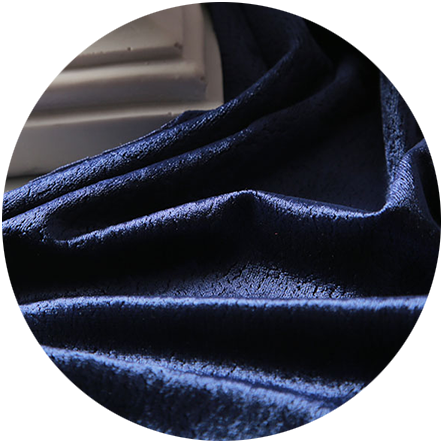
Velvet
Among the fabric types, velvet fabric stands out with its softness and unique texture. They are weavings in which an additional weft or warp is added to the weft or warp yarns in the basic weaving and then cut to give a pile (feathery) surface. When weaving velvet, the raw material fibers are left to cover the weaving surface in a certain length, which gives it a soft texture as well as a beautiful appearance.
It is available in plain velvet and corduroy options. This fabric is woven with nylon, wool, cotton, rayon or silk. Velvet fabric is known especially as a winter fabric. In addition to its slightly feathery and soft structure, it has the feature of keeping warm due to its thickness. Velvet fabrics have a wide usage from clothing to upholstery.
Chevron
Chevron patterned fabrics, which are flexible, breathable and lightweight fabrics, are included in the tricot fabric group. They can be used in special or evening dresses in all four seasons. Chevron patterns are used in elegant and charming dresses, as well as delicate and classy models.
You can notice a more flexible, more elastic, softer and more filled structure in Chevron fabrics when you wear and touch them. Chevron patterned fabrics can be the perfect choice for winter and spring collections. It is a unique, special fabric with different pattern and color options.
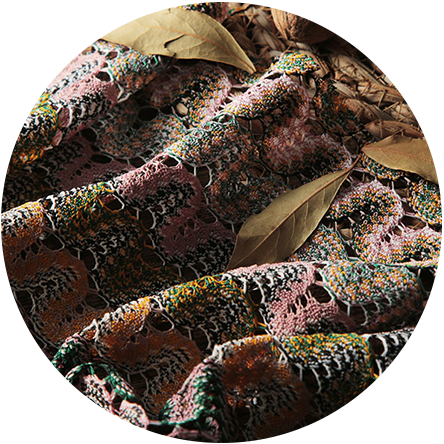
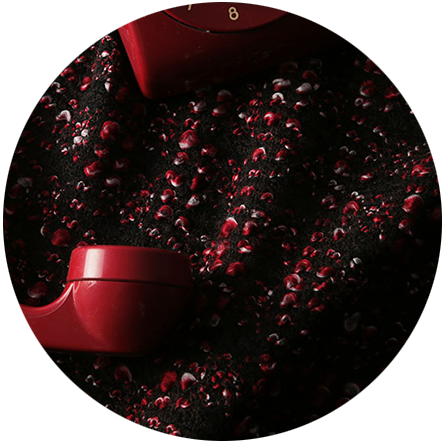
Winter Fabrics
The first feature sought in clothing fabrics in winter is that it can maintain body temperature. Fabrics that can protect the body against natural events such as rain, snow, hail, which reduce the temperature of the air and cause wetting, and do not permit moisture and cold to pass, are called winter fabrics.
Acrylic, wool, raised, channel fabrics are among the winter fabrics. Although they differ in terms of usage areas, they offer a warm comfort to their users. Other features of winter fabrics are that they are light, thin and soft. Acrylic, wool, raised or channel fabric can be preferred for a warm winter.
Tapes
Tapes are fabrics that are tapes width fabrics obtained by knitting in the desired width, which are called cordons, and which are named as columns, banks, ribbons, elastics, cords according to their structures and places of use. These materials, which cannot be used alone, are indispensable elements of some sectors.
Tapes knits, which find use in ready-made clothing, home textiles, shoes, sportswear, defense, occupational health and safety sectors, are woven in the form of elastics or ribbons. Depending on the yarn types (cotton, polyester, viscose, nylon) used in tapes fabrics, other knits such as ribbon, mattress tape, herringbone can also be produced.
